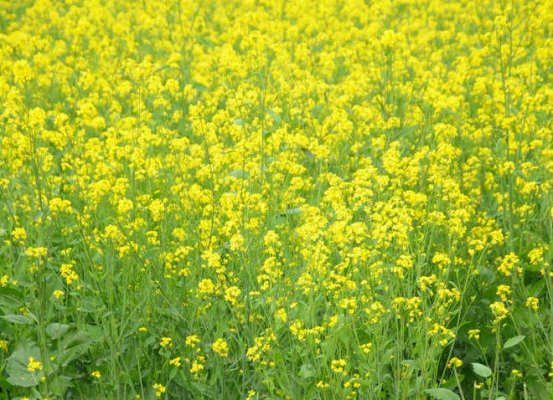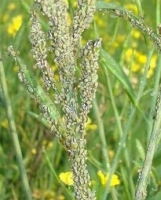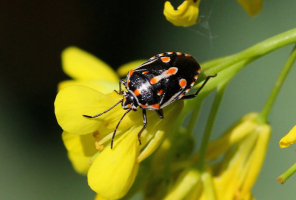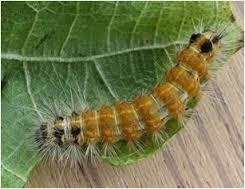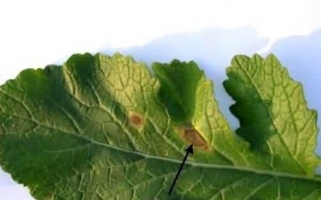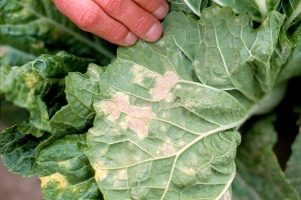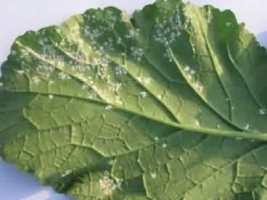General Information
India is fourth largest contributor of oilseeds and Rapeseed and mustard contributes about 28.6% in total oilseeds production. After soybean and palm oil, it is third important oilseed in world. Mustard seeds and its oil is used for culinary purpose. Young leaves are used for vegetable purpose. Its oil cake is used for feeding cattle.
In Rajasthan, mustard gives profitable results when grown under irrigated conditions. It can be taken as sole crop or can be cultivated with other crops as mix crop.

